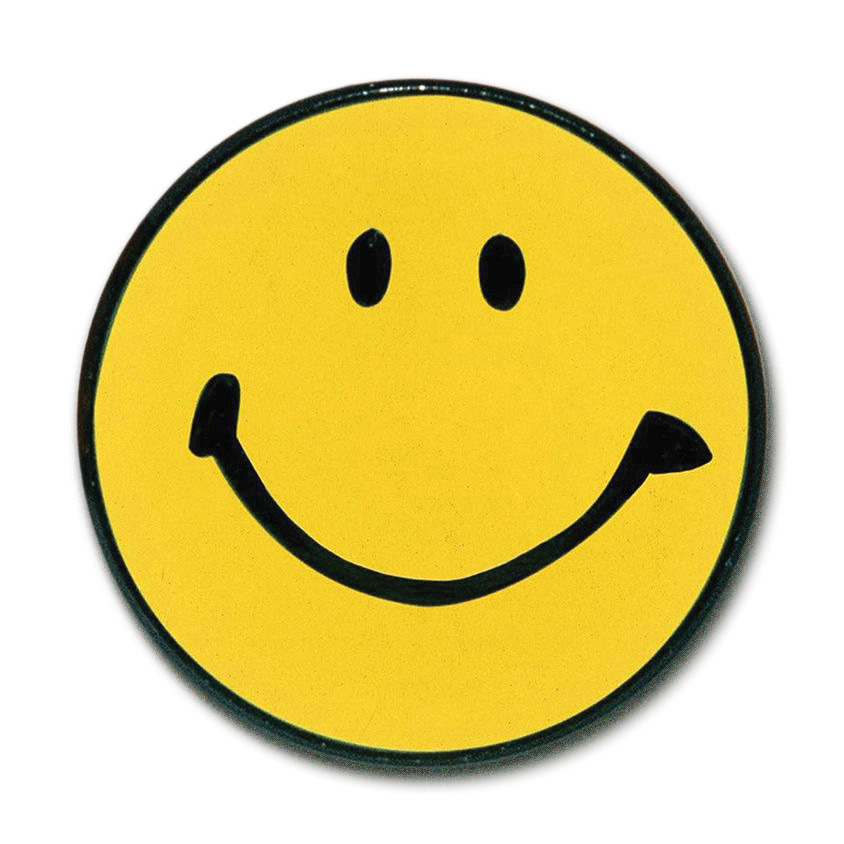Smiley Face
Every yellow emoji face can trace its family tree back to the original smiley. So, what is the origin of this widely recognised ideogram, representing happiness and positivity?
The smiley face, also known simply as the smiley, is a widely recognised ideogram that represents happiness and positivity. It became a symbol of the counterculture movement during the 1970s, representing the spirit of peace, love and happiness that was central to that era, and was often associated with …




